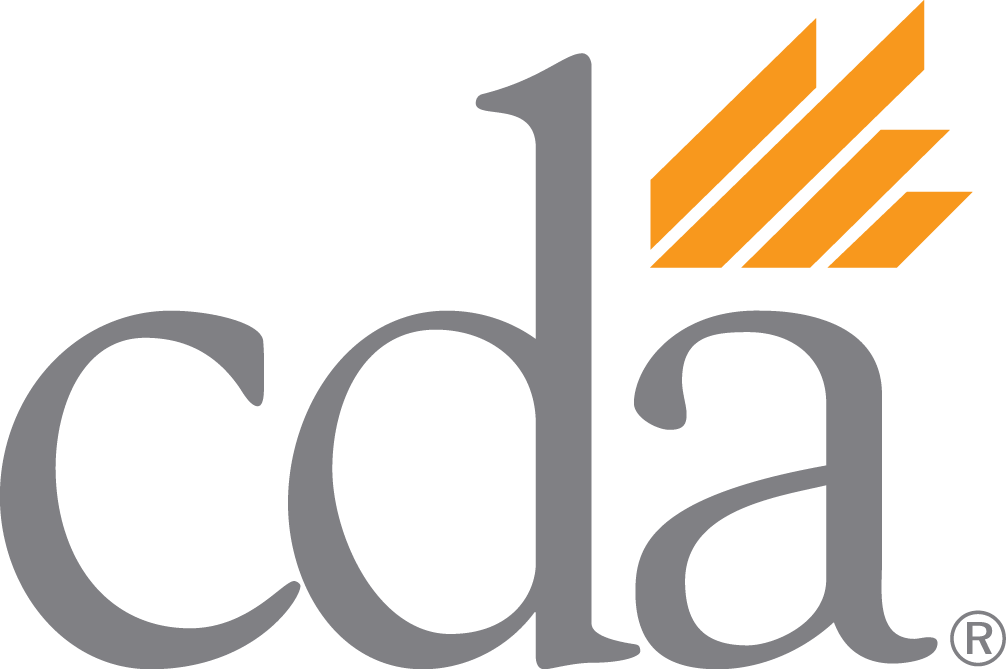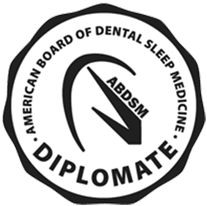Sleep Apnea Risk Factors
Sleep apnea is a sleep disorder characterized by pauses in breathing or shallow breaths during sleep. These interruptions, known as apneas, can occur multiple times throughout the night, disrupting regular sleep patterns. It often leads to symptoms like loud snoring, gasping for air, and daytime fatigue. Sleep apnea is usually diagnosed as obstructive sleep apnea (OSA) or central sleep apnea (CSA).
Effective diagnosis and treatment are crucial for managing this condition and improving overall sleep quality. Unfortunately, this condition often goes undiagnosed. Knowing what sleep apnea risk factors exist can help to avoid sleep apnea – and diagnose it before it is too late.
Risk factors alone are not enough to diagnose sleep apnea. However, these factors can play a key role in whether you are at risk. If you have multiple risk factors or symptoms, it is a good idea to get tested by a sleep professional. Our mission here at Complete Health Sleep of SoCal is to allow you to live your healthiest life and pursue your dreams. Understanding sleep apnea risk factors is a good place to start if you would like to learn more about this sleep disorder.
Common Sleep Apnea Risk Factors:
Certain factors can increase the likelihood of developing sleep apnea. Knowledge of these risk factors is crucial for early detection and intervention.
Here are key risk factors for sleep apnea:
Excess Weight
Carrying excess weight can increase the risk of airway obstruction during sleep. Individuals with a thicker neck may have a narrower airway, making them more susceptible to airway obstruction during sleep. Excess weight is one of the most common risk factors.
Age
Sleep apnea is more common in older adults. Especially after the age of 50, your body is more likely to experience sleep apnea episodes.
Gender
Men are more likely to have sleep apnea than women, although the risk for women increases if they are overweight. The condition also is commonly underdiagnosed in women, who may display different symptoms.
Family History and Genetics
Genetics can play a role in the risk of sleep apnea. If you have family members with sleep apnea, you may be at a higher risk.
Nasal Congestion
Obstructed nasal passages can make breathing more difficult, contributing to sleep apnea.
Smoking, Alcohol and Sedative Use
Smokers are at a higher risk of developing sleep apnea. Smoking can increase inflammation and fluid retention in the airway. These risks extend to other substances. The relaxing effect of alcohol and sedatives can further relax the muscles of the throat, potentially leading to airway obstruction.
Medical Conditions
Conditions such as hypertension, diabetes, and type II diabetes increase the risk of sleep apnea.
Ethnicity
African-American, Hispanic, or Pacific Islander descent may have a higher risk of sleep apnea.
Lifestyle Factors
A sedentary lifestyle and lack of regular physical activity can contribute to muscle atrophy, including the muscles that support the airway. A healthy exercise routine can allow the body to function optimally, which can improve breathing and help to avoid excess weight.
Being aware of these risk factors allows for proactive measures and early identification.
Preventing Sleep Apnea
Preventing sleep apnea involves adopting lifestyle changes and addressing risk factors that contribute to airway obstruction during sleep.
Here are some strategies to help prevent sleep apnea:
➜ Maintain a healthy weight
➜ Try positional therapy
➜ Avoid excessive alcohol use
➜ Stop using sedatives
➜ Quit smoking
➜ Manage allergies
➜ Sleep hygiene
➜ Treat other underlying medical conditions
➜ Work with a sleep professional
You can take steps to prevent sleep apnea, but treatment may be necessary. Our Poway/Rancho Bernardo-based team specializes in oral device therapy to help treat the symptoms – and address sleep apnea early.
Identifying Sleep Apnea
Identifying sleep apnea early can help to address the condition and its underlying causes as soon as possible.
Here are some ways you can identify sleep apnea:
➜ Know what the top risk factors are
➜ Stay educated on symptoms and signs
➜ Be aware of your family history
➜ Understand the underlying causes
➜
See a sleep professional, such as Complete Health Sleep of SoCal
Learn More Today
This page educates you about common risk factors of sleep apnea, but it will take an evaluation by a sleep professional to be confident in a diagnosis. If you are diagnosed, you want to treat it as soon as possible. Complete Health Sleep of SoCal offers medical evaluation and at-home testing to provide an accurate diagnosis.
If you have risk factors, our team is happy to discuss sleep disorders with you. Contact us today to schedule a consultation.
Frequently Asked Questions
What causes sleep apnea?
Central sleep apnea is caused by problems with the way that your brain controls your breathing and airflow while you sleep. Obstructive sleep apnea (OSA) is specifically caused by conditions that block airflow through your upper airways during sleep. For example, your tongue may block your airway. Causes are different than risk factors. Risk factors could put you at a high probability of having sleep apnea. However, risk factors alone do not mean that you have the disorder. Our team of sleep professionals can conduct a medical evaluation to look at your risk factors and symptoms. If appropriate, we can use a ResMed at-home sleep test to evaluate further. Contact us today to learn more.
Are risk factors for sleep apnea controllable?
Some sleep apnea risk factors are controllable, such as healthy habits, avoiding excess weight, and avoiding smoking. Others are out of your control. For example, you cannot control your genetics and are going to be at higher risk for sleep apnea as you get older. It is important to monitor risk factors as they can help you diagnose sleep apnea early, especially if you also have present symptoms. Contact us today to learn more about risk factors that might impact you.




